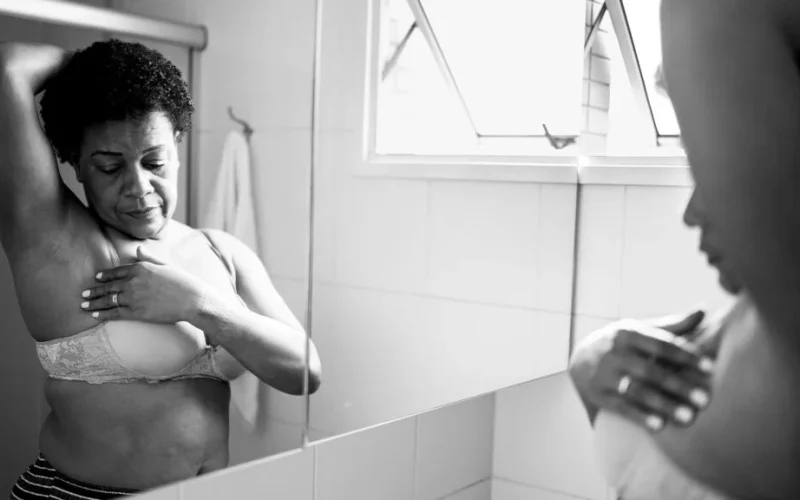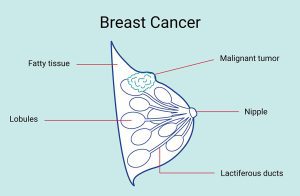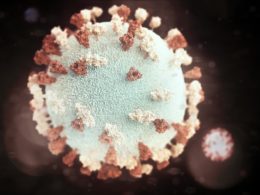Understanding Breast Cancer
Breast cancer, with its staggering statistics of around 56,000 new cases reported annually in the UK, stands as a pervasive health concern. Equipping oneself with the knowledge of how to check for breast cancer and discern the characteristics of a lump becomes paramount for early detection, significantly influencing the prospects of successful treatment.
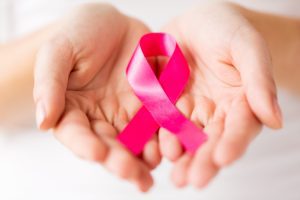
Navigating the Landscape of Breast Cancer
The intricate nature of breast cancer involves abnormal cell growth within breast tissue, culminating in the development of cancerous tumors. These tumors, often manifesting as small lumps, prompt the need for heightened awareness regarding various associated symptoms.
Decoding the Sensation of a Breast Cancer Lump
GP Dr. Sarah Cooke elucidates the nuanced experience of breast lumps, emphasizing their potential variability in size and texture. These lumps can range from pea-sized to larger, exhibiting a hard and irregular feel. Their occurrence is not confined to the breast alone but may extend to the armpit, underscoring the significance of a comprehensive self-examination.
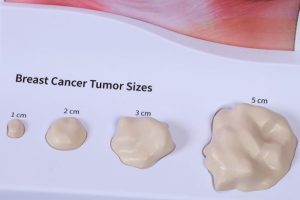
Empowering Self-Examination: Step-by-Step Guidelines
Empowerment lies in understanding how to conduct thorough self-examinations. Dr. Cooke advocates a systematic approach:
- Know Your Breasts: Begin by familiarizing yourself with the distinctive features and idiosyncrasies of each breast.
- Look with a Mirror: Engage in a visual examination, observing changes in shape, size, and the emergence of any swelling or skin alterations. The scrutiny extends to nipple changes and inspection of the armpits.
- Feel with Your Hands: Execute a circular motion with gentle pressure while lying down, systematically checking for unfamiliar lumps or swellings. Repeat this process on both breasts and armpits, ensuring variations in position for a comprehensive assessment.
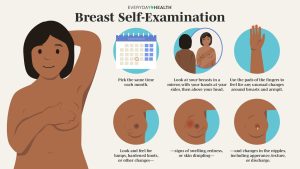
The Subtleties of Noticeability
The perceptible characteristics of a lump may vary based on factors such as breast size and age. Regular self-examinations, complemented by screening tests like mammograms, play a pivotal role in the early detection narrative.
Charting the Frequency: How Often Should You Check?
Establishing a routine for regular self-examinations is foundational. Ideally, these examinations should occur every two weeks or up to once a month. Consistent engagement in this practice aids in recognizing what feels normal, facilitating the prompt identification of any abnormalities. The recommendation is to conduct examinations around the same time each month, preferably a week after one’s menstrual period.
Discerning Signs: When to Seek Professional Guidance
Dr. Cooke illuminates red flags that necessitate consultation with a medical professional:
- A new breast lump.
- A new armpit lump.
- Nipple changes.
- Skin alterations on the breasts.
- Changes in skin color or dimpling.
Acknowledging the potential of early intervention as a linchpin to cancer survival, seeking prompt medical attention for concerning symptoms becomes imperative.

Shape and size of a breast lump
Peering into the Origins and Risk Factors
Dr. Cooke delves into the origins of breast cancer, often rooted in the milk ducts, and elucidates the myriad factors contributing to its development. Modifiable risk factors, including alcohol consumption, smoking, obesity, and physical inactivity, are juxtaposed against unmodifiable factors such as family history, genetic mutations, increasing age, and reproductive factors.
Breaking the Stereotype: Breast Cancer in Men
While breast cancer predominantly affects women, it is crucial to recognize that men can also be impacted. Men should remain vigilant for symptoms such as lumps and changes in the nipple, promptly seeking medical advice if any anomalies arise.

Conclusion
Understanding breast cancer and adopting proactive measures, including regular self-examinations, empowers individuals to take control of their health. A simple, yet meticulous, self-examination has the potential to serve as a linchpin in the early detection of breast cancer, underscoring the adage that knowledge is power in the realm of healthcare.
the journey to safeguarding breast health involves arming oneself with knowledge and adopting proactive measures. Understanding how to check for breast cancer and recognizing the subtle nuances of a lump through regular self-examination emerges as a crucial aspect of early detection. Empowered by comprehensive guidelines provided by experts like Dr. Sarah Cooke, individuals can navigate the complexities of breast cancer with confidence.






